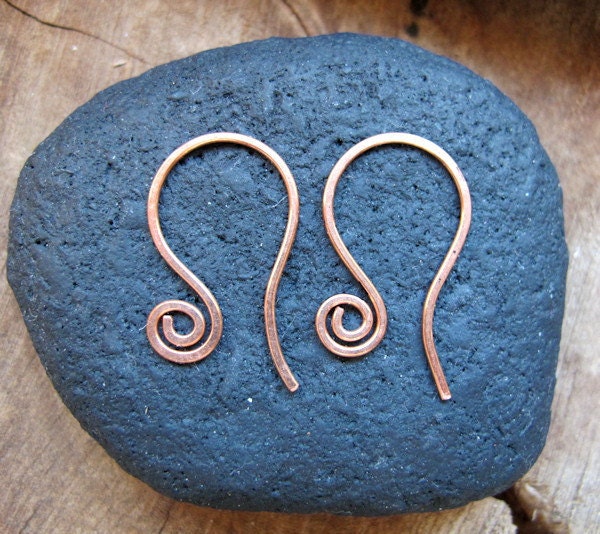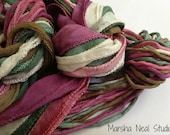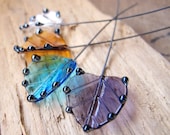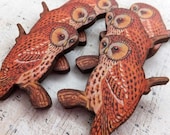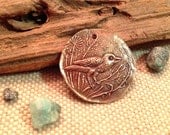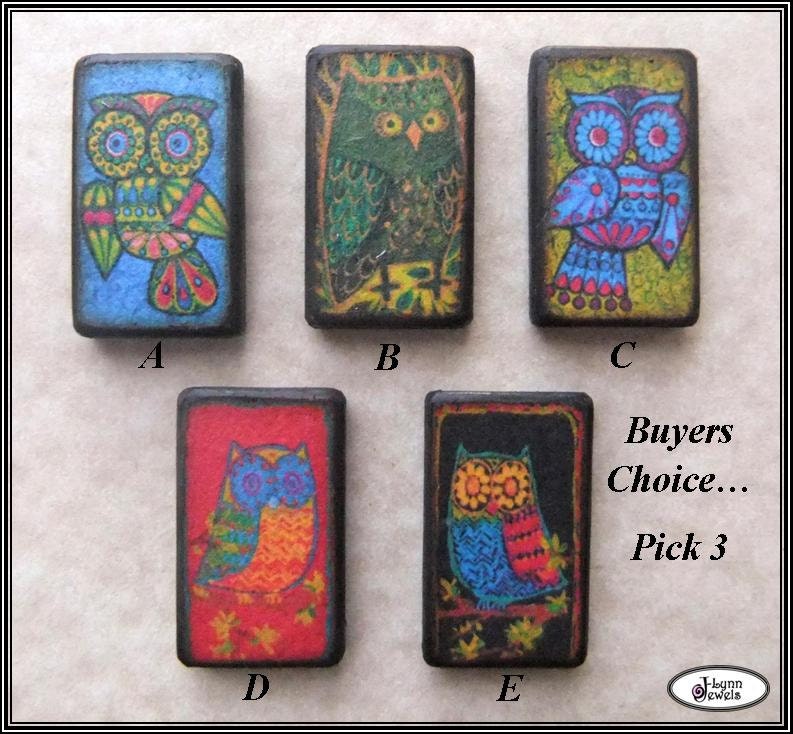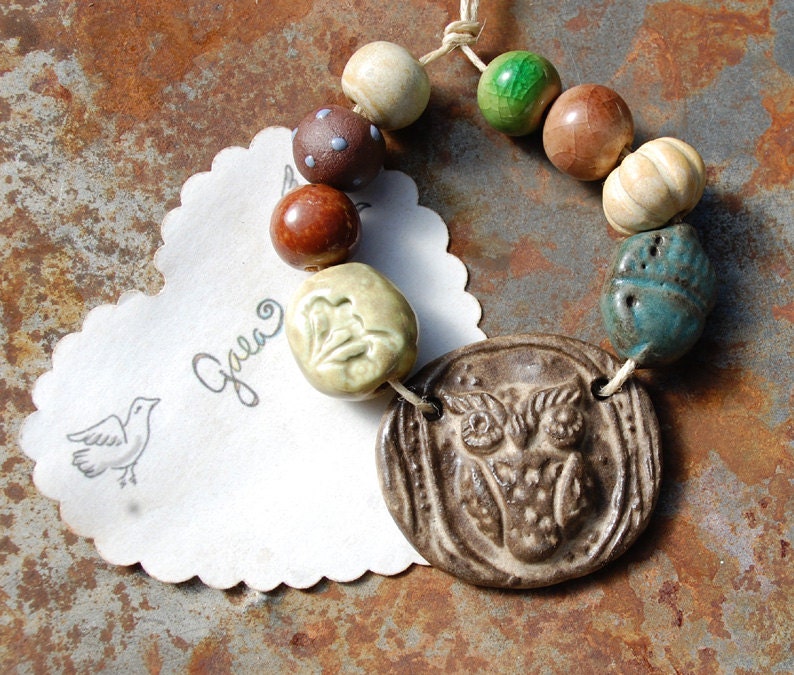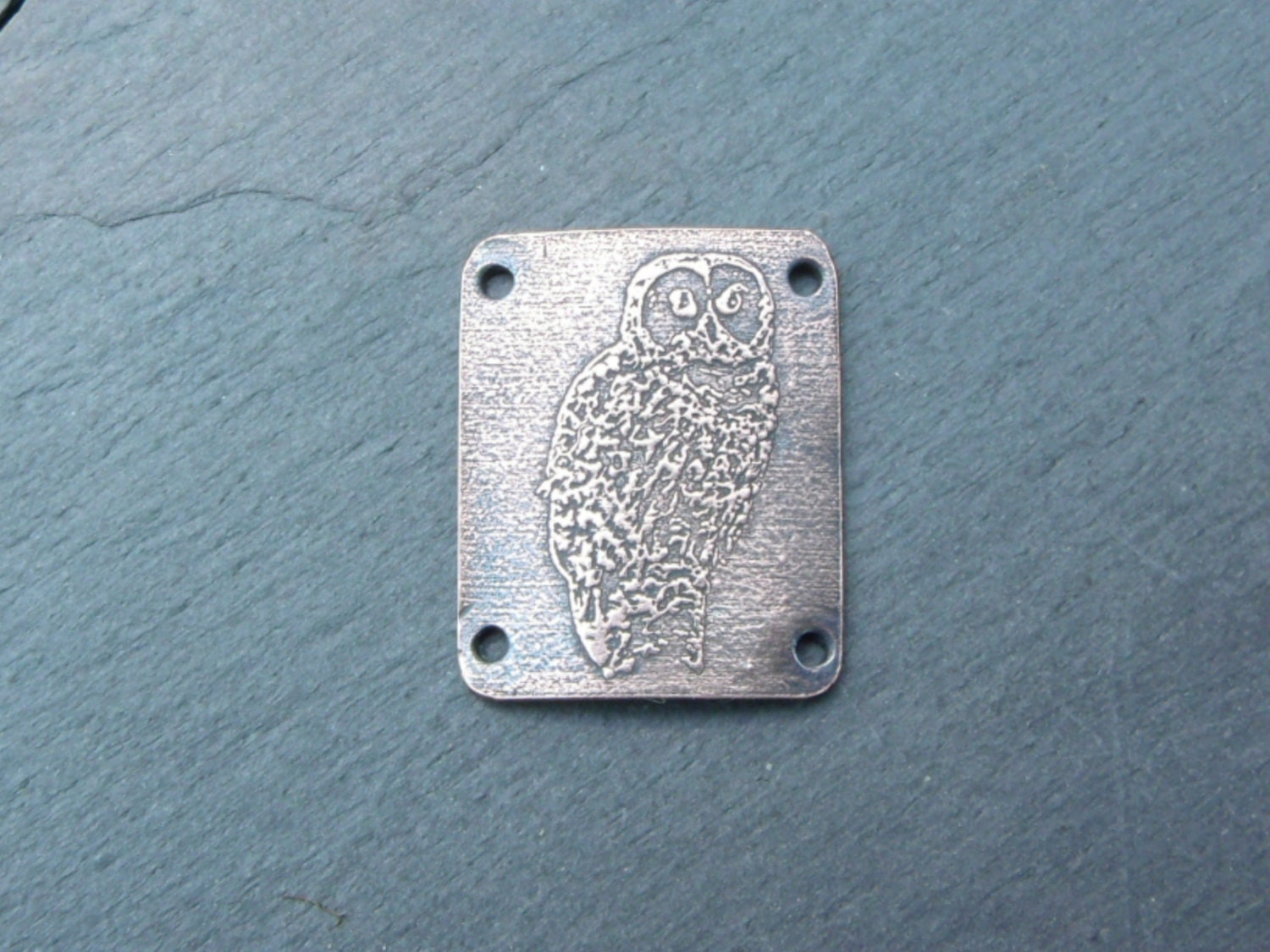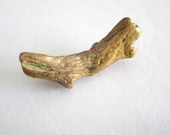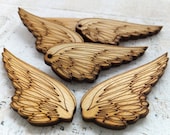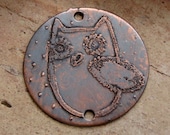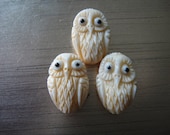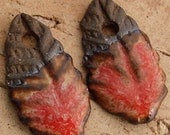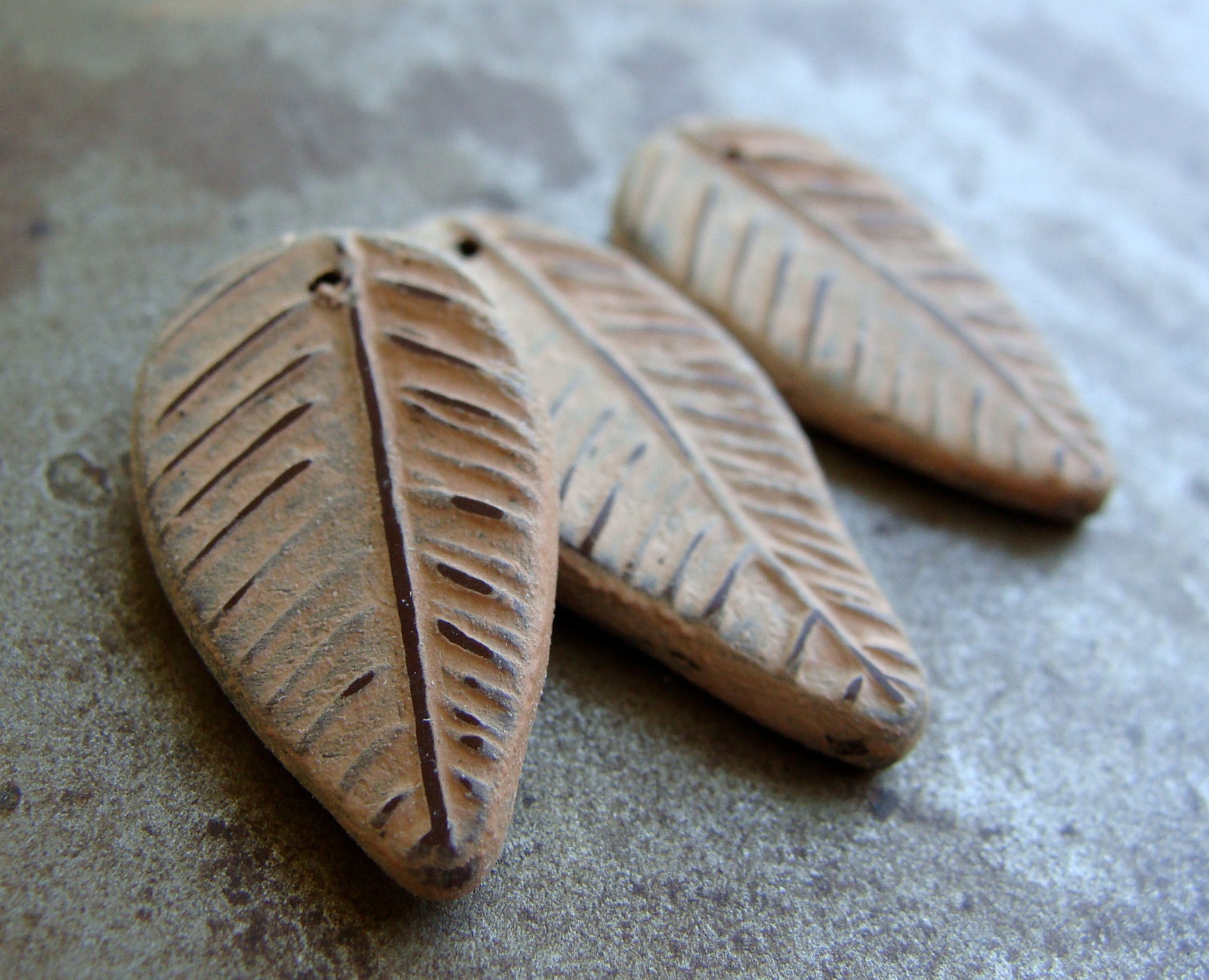Today we are thrilled to help designer Cindy Wimmer celebrate the release of her new book, The Missing Link! I had the pleasure of interviewing Cindy this week. Read about her process, tips for working with wire and why art beads and wire are the perfect marriage.
Cindy - the book is amazing. I'm so inspired by the open ended
possibilities of using all these interesting links and components in my
jewelry.
What is your go-to link from the book - the one you find
sneaking it's way into your designs again and again?
It would have to be
the Corona link. Would you believe, it
was the very first of the 30 links that I made for the book. The Corona link incorporates coils, one of
my favorite wire elements. It looks
complex but is surprising easy to reproduce consistently and looks great with
any mix of metals.
Can you share one tip that will greatly improve someone's wire
working skills?
It’s been said many
times before, but practice really makes all the difference in the world. I highly recommend purchasing an inexpensive
roll of copper wire, say 18 gauge, and practice a link until it looks just
so. Also, more often than not, it is
better to go with one gauge thicker than you planned to use. A link generally needs a heavier gauge wire
to hold its shape and to be a sturdy connector.
What is one tool you consider a guilty pleasure and one a
necessary investment?
There is one “tool”
that may be seen as both a guilty
pleasure and an investment all in one!
That tool is the tumbler, hands down.
Do you absolutely need one to make wire links? No. However, a tumbler can really help to set
your wire jewelry apart. It offers many
benefits that I find it indispensible:
It softens tool marks, polishes the metal, and most importantly, helps
to work-harden the links.
You have so many unusual links that I've never seen before like
the Lightbulb and Over-Under link. Are they the result of planning and
sketching or just pulling out the wire and seeing what you can create?
I rarely sketch. My planning is all hands-on. I develop ideas by looking through my bowls
of practice and experimental links – often times I see something that inspires
me. I also like to play around with the
wire with trial and error – one twist or turn leads to another and next thing
you know, a link is formed.
There are art beads on the book cover and sprinkled throughout
the projects. What are your tips for combining art beads and wire links?
When you are investing
in a jewelry design by using art beads, handmade components further add to the
appeal and beauty. Wire links can
elevate a design in a way that commercially produced components cannot. You’ll
want to check the size of the bead hole and be sure your wire gauge is not too
thick. When using a heavy gauge wire, use caution so as not to chip the inside
hole of ceramic or lampwork beads.
Finally, consider the thickness of the wire and size of the link are to
scale to the art beads used.
Thank
you for sharing with our community today Cindy!
Thank you for the
opportunity to share my passion for wire with the the ABS readers!
Cindy's publisher has donated a copy of her book as a giveaway here on the Art Bead Scene to one of our lucky readers. Share this interview on Facebook, Twitter or Pin it and leave a comment below. (Make sure your email is connected to your profile or leave it in the comment so we can contact the winner.) Winner will be drawn on Wednesday, October 30th.
Grab a copy for yourself!










